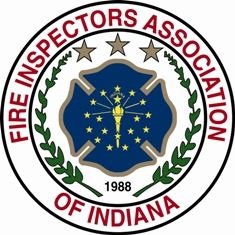|
Training Minute
Hydrostatic Testing of Dry Standpipe Systems
Did you know that manual standpipe systems and semi-automatic dry standpipe systems require hydrostatic testing at no less than 200 PSI (or 50 PSI in excess of the max pressure) every 5 years?
Standpipes are a critical component of firefighting operations - they act as the "fire hydrant" for firefighters on upper levels of buildings (required when the floor level of the top floor is more than 30 feet above the lowest level of fire truck access). Fighting a fire above the 3rd floor is virtually impossible without a standpipe system, but standpipe systems are often neglected and poorly maintained. For wet standpipe systems (with water in the standpipe at all times), one of the common ITM failures is to neglect exercising the valves on an annual basis. For dry standpipes (with no water in the standpipe until either a valve is opened automatically, or the fire department introduces water into the FDC), hydrostatic testing every 5 years is critical to ensure the system will not leak when charged. This is a critical test to ensure the standpipe will operate correctly when needed - in the heat of fire is the wrong time to discover a standpipe is compromised! Dry standpipe systems in exterior parking garages are subject to harsh weather conditions, as well as vandalism. Standpipes in buildings are often in stairwells that are not often frequented or inspected - these types of environments can lead to system failures if not inspected, tested, and maintained correctly.
This hydrostatic testing also includes the piping in the FDC line, and any system that has been modified or repaired should be hydrostatically tested immediately upon completion of the modification or repair. All of the above requirements come from Section 6.3.2 of the 2011 edition of NFPA 25.
This week, take a minute to read the above section, think through the standpipes in your jurisdiction, and check inspection records if needed. Have they been hydrostatically tested as required? If not, maybe it's time to require they be tested to ensure the safety of our firefighters, and the general public!
|
